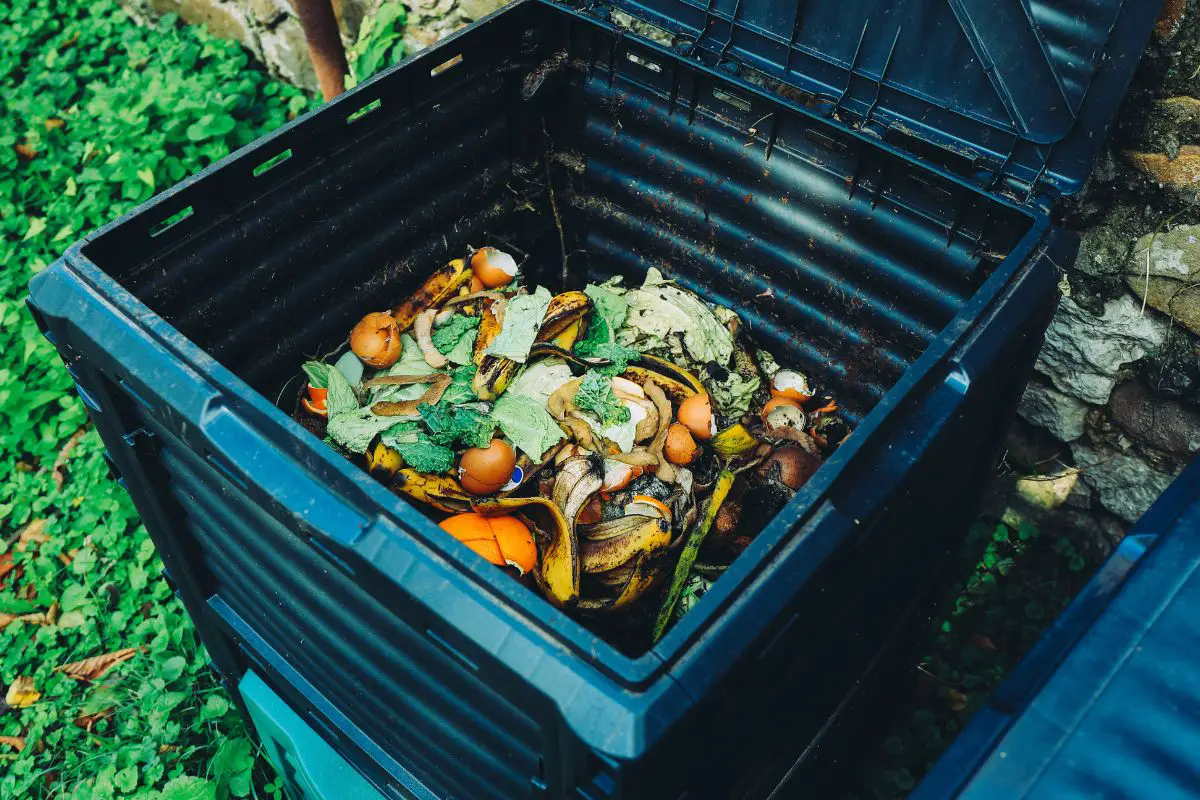
SoCalGas announces new waste-to-energy carbon-negative renewable hydrogen facility
July 26, 2022The Kore Infrastructure modular system diverts organic waste from Californian landfills.
Southern California Gas Co. (SoCalGas) recently announced that Kore Infrastructure has begun the successful testing and demonstration of its modular waste-to-energy carbon-negative renewable hydrogen and renewable natural gas system.
The technology is designed to help divert organic trash from heading to the state’s landfills.
The testing and demonstration are already successfully underway at the Kore Infrastructure facility in Los Angeles. The waste-to-energy modular system produces carbon-negative hydrogen and renewable natural gas (RNG). The fuels produced can be used for the reduction of greenhouse gas emissions in hard-to-electrify sectors such as heavy-duty transportation, as well as for industrial processes.

The testing and demonstration stage of the Kore Infrastructure technology will help to provide SoCalGas with a clearer understanding of operating costs and efficiency and will also help to determine the cost-effectiveness of deployment of the zero-emission technology at scale.
SoCalGas has contributed $1.5 million to the carbon-negative waste-to-energy demonstration project.
Other funding for the project has also come from South Coast Air Quality Management District (South Coast AQMD).
The modular system employs a proprietary pyrolysis process. That heats organic waste materials under high temperatures within a zero-oxygen environment. The result of the waste to energy technology process is the conversion of those materials into a combination of gases that can be converted into carbon-negative hydrogen or RNG. It also produces a solid carbon char that is usable in soil quality enhancement and for the decarbonization of steel and cement production.
The process Kore Infrastructure uses was created to meet the South Coast AQMD ultra-low standards for NOx and particulate emissions.
“This is the type of novel approach that we need to see more of that uses sustainable processes,” said South Coast AQMD Governing Board Chair Ben J. Benoit. “Not only will it divert material from landfills, but the process will create clean energy sources that can be used in fuel cell vehicles and other clean-air technologies.”
“In California, transportation causes approximately 40 percent of greenhouse gas emissions,” added Kore Infrastructure CEO and founder Cornelius Shields in a news release about the waste-to-energy project. “We’re collaborating with waste, energy, and transportation sector leaders to provide a Made-in-America, carbon-negative energy solution. Our UltraGreen™ hydrogen will be the fuel of the future for light-duty vehicles, heavy-duty trucks, and buses, ensuring our supply chain is emissions-free, sustainable, and affordable.”



 With over 15 years of reporting hydrogen news, we are your premier source for the latest updates and insights in hydrogen and renewable energy.
With over 15 years of reporting hydrogen news, we are your premier source for the latest updates and insights in hydrogen and renewable energy.
The energy consumption and its sources needed for pyrolysis process is not indicated. The conventional method of conversion of pyrolysis gas to GH2 and RNG is energy intensive and also capital cost intensive. It is not clear if any innovative technology is being used in the post pyrolysis process.